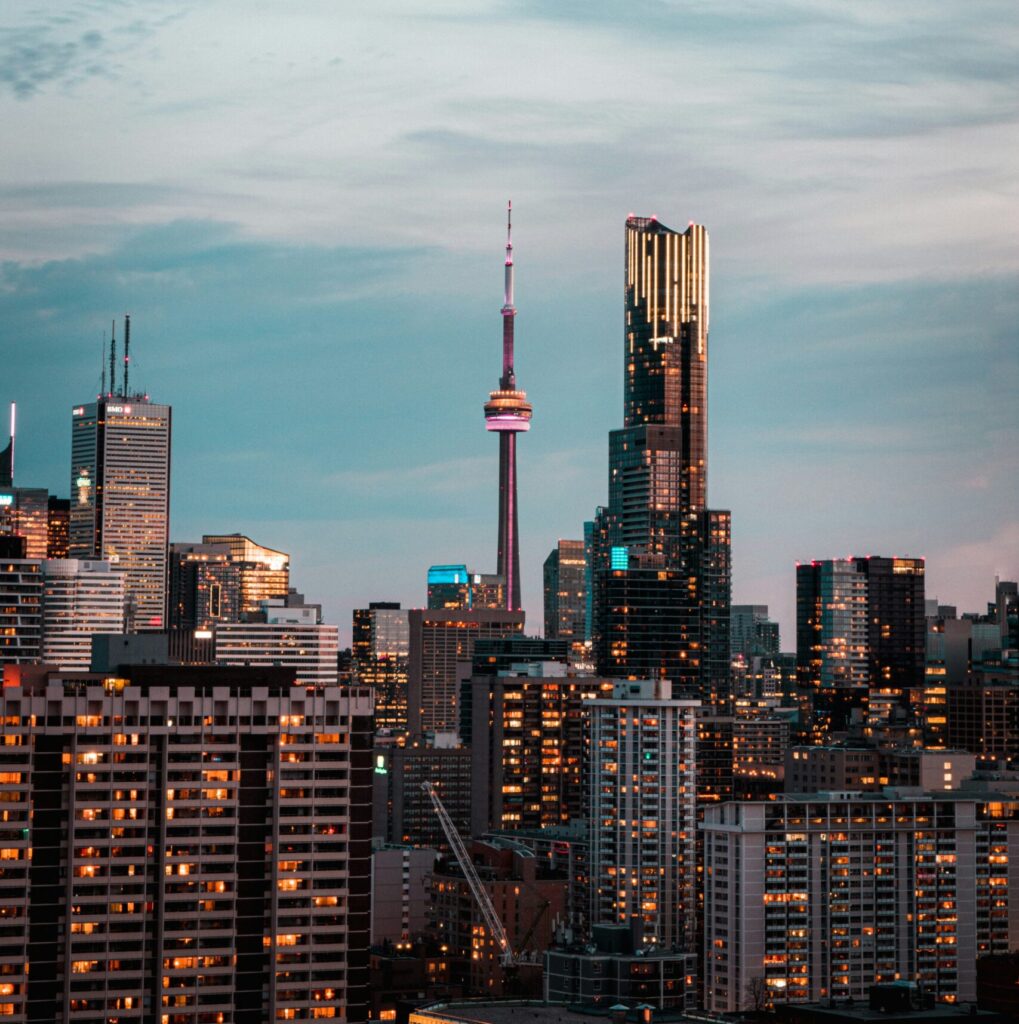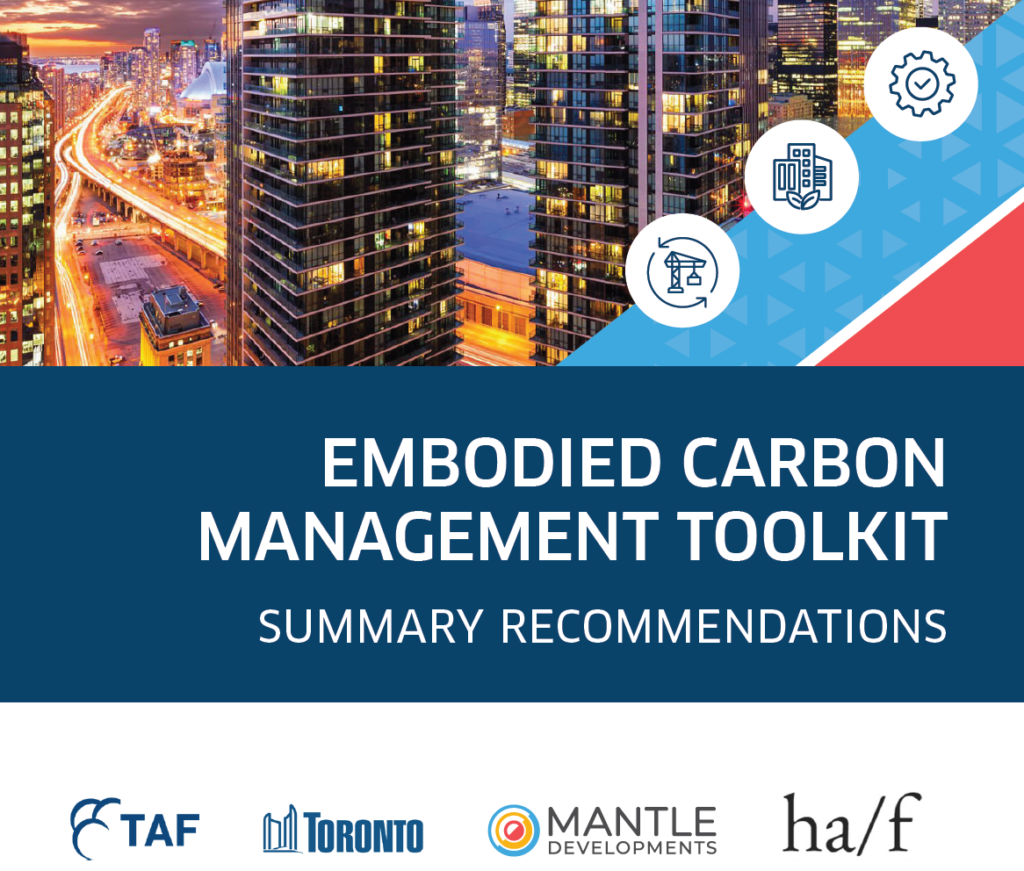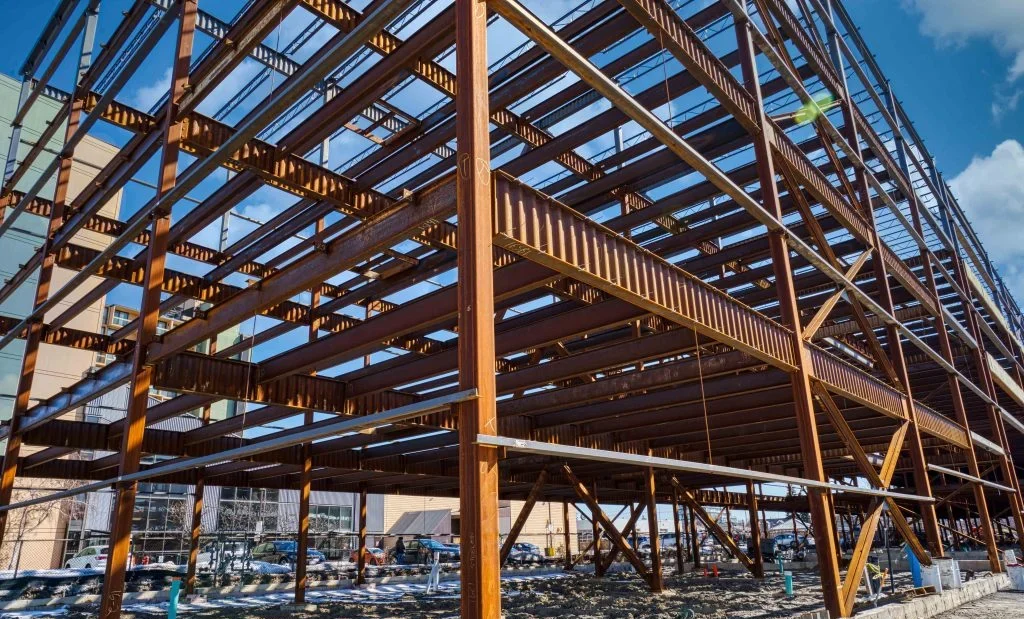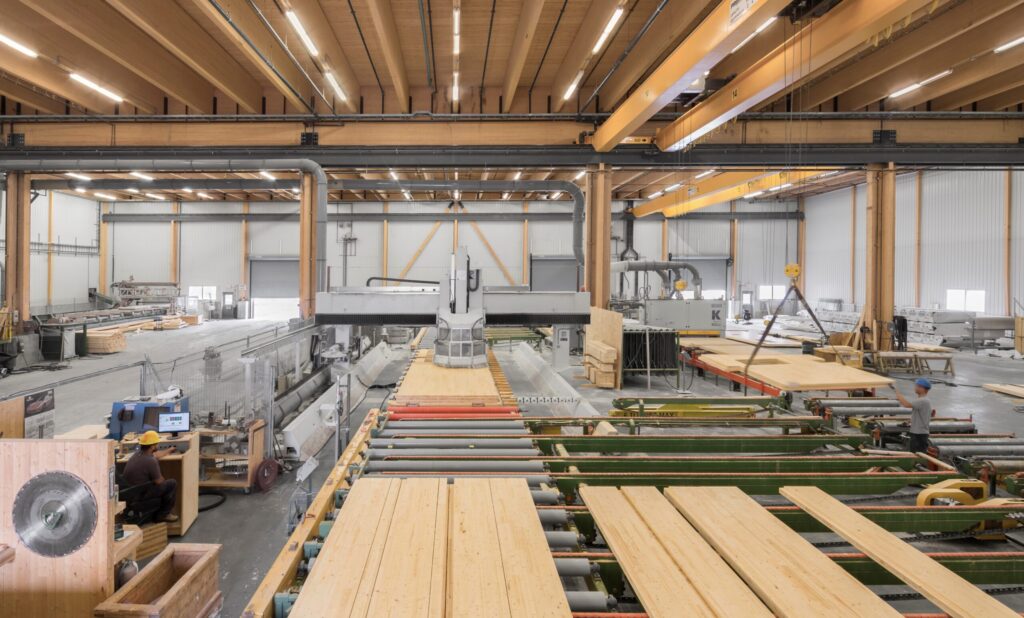Preserving Local Climate Leadership
A recent article in Canada’s National Observer outlines how Ontario’s Bill 17 could strip municipalities of their ability to enforce green building standards, threatening decades […]
Read MoreThe Carbon Tax is Gone – Now What?
As of April 1st, 2025, Canada has effectively abolished its federal carbon tax system. While this move seems to have broad support, the medium- and […]
Read MoreBuilding Climate Leaders: Decarbonizing Construction
We’re excited to share that Ryan Zizzo, Founder & CEO of Mantle Developments, was featured in CanadianSME Small Business Magazine, discussing the urgent need to […]
Read MoreEmbodied Carbon Management Toolkit and Summary Recommendations
Embodied carbon is being increasingly recognized for its central role in the carbon impact of the built environment. The City of Toronto is leading the […]
Read MoreSteelcon Publishes its First Environmental Product Declaration (EPD) for Steel SIN Beam
As steel production accounts for about 7% of global greenhouse gas (GHG) emissions, there are significant opportunities for the industry, including its supply chain to […]
Read MoreRestoring Canada’s Housing Affordability and Cutting Carbon Emissions: The Modular Construction Approach
To restore housing affordability, the Canada Mortgage and Housing Corporation (CMHC) projects that Canada will need an additional 3.5 million housing units beyond those currently […]
Read MoreToronto Homes Can’t Go Carbon-Neutral Unless Developers Get On Board
This featured article from The Local explores the crucial role of developers in making Toronto’s housing carbon-neutral. This piece dives into innovative green building practices […]
Read MoreOne Yonge Teardown Proposal Fires Up Carbon Cost Debate.
We are excited to share an insightful article from The Globe and Mail discussing the environmental impact of building demolitions, featuring a discussion with our […]
Read MoreClimate-resilient designs future-proof buildings in Canadian cities
We are excited to share that our CEO and Founder, Ryan Zizzo, was recently featured in The Globe and Mail, discussing climate-resilient design and future-proofing […]
Read MoreNet-zero Climate Commitments: False Flag or Ambitious Policy?
Recently, there has been a growing chorus of companies from all sectors that are committing to decarbonization. Some companies have taken their commitments a step […]
Read More









